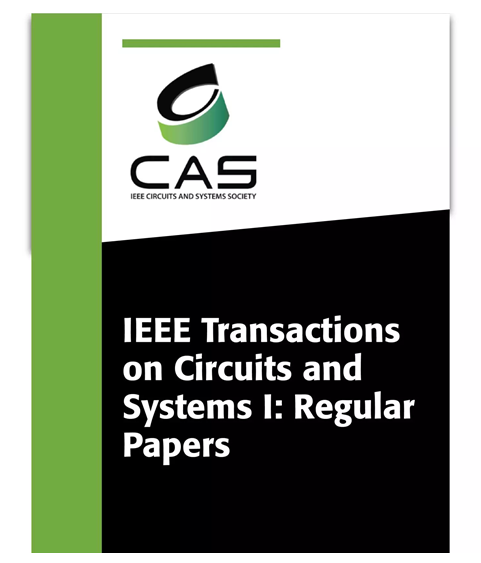Instruction-Based High-Performance Hardware Controller of CRYSTALS-Kyber With Balanced Resource Utilization
IF 5.2
1区 工程技术
Q1 ENGINEERING, ELECTRICAL & ELECTRONIC
IEEE Transactions on Circuits and Systems I: Regular Papers
Pub Date : 2025-03-07
DOI:10.1109/TCSI.2025.3547799
引用次数: 0
Abstract
Post-quantum cryptography (PQC) aims to ensure information security in the era following the emergence of quantum computers. Lattice-based cryptography (LBC) algorithms have shown significant promise in the standardization process of post-quantum cryptography. This paper proposes an instruction-based high-performance hardware controller of CRYSTALS-Kyber. By designing a highly flexible instruction-based architecture, the control unit evenly distributes instructions and enables independent control of internal modules, significantly enhancing the scalability and adaptability of the hardware. Additionally, the integration of a reconfigurable polynomial operation array (RPOA) unit and optimization of data storage formats further improve computational efficiency and resource utilization. Implementation results on Artix-7 FPGA show that the architecture operates at a frequency exceeding 300 MHz, achieving a performance improvement of 41.3% to 170% compared to the latest designs, while significantly reducing resource overhead. The resource costs for the three security levels are 8112 LUTs, 6077 FFs, and 2523 SLICEs, respectively, with overall computation times of基于指令的资源均衡利用CRYSTALS-Kyber高性能硬件控制器
后量子密码学(PQC)旨在确保量子计算机出现后时代的信息安全。基于格的密码算法在后量子密码的标准化过程中显示出重要的前景。本文提出了一种基于指令的高性能crystal - kyber硬件控制器。控制单元通过设计高度灵活的指令架构,实现指令的均匀分布和内部模块的独立控制,大大增强了硬件的可扩展性和适应性。此外,可重构多项式运算阵列(RPOA)单元的集成和数据存储格式的优化进一步提高了计算效率和资源利用率。在Artix-7 FPGA上的实现结果表明,该架构的工作频率超过300 MHz,与最新设计相比,性能提高了41.3%至170%,同时显著降低了资源开销。三种安全级别的资源成本分别为8112 lut、6077 ff和2523 SLICEs,总计算时间分别为$34.7~\mu s$、$53.4~\mu s$和$78.5~\mu s$。提出的设计具有出色的性能,资源效率和能耗,为后量子密码的实际部署提供了高效且经济的硬件解决方案。
本文章由计算机程序翻译,如有差异,请以英文原文为准。
求助全文
约1分钟内获得全文
求助全文
来源期刊
CiteScore
9.80
自引率
11.80%
发文量
441
审稿时长
2 months
期刊介绍:
TCAS I publishes regular papers in the field specified by the theory, analysis, design, and practical implementations of circuits, and the application of circuit techniques to systems and to signal processing. Included is the whole spectrum from basic scientific theory to industrial applications. The field of interest covered includes: - Circuits: Analog, Digital and Mixed Signal Circuits and Systems - Nonlinear Circuits and Systems, Integrated Sensors, MEMS and Systems on Chip, Nanoscale Circuits and Systems, Optoelectronic - Circuits and Systems, Power Electronics and Systems - Software for Analog-and-Logic Circuits and Systems - Control aspects of Circuits and Systems.

 求助内容:
求助内容: 应助结果提醒方式:
应助结果提醒方式:


